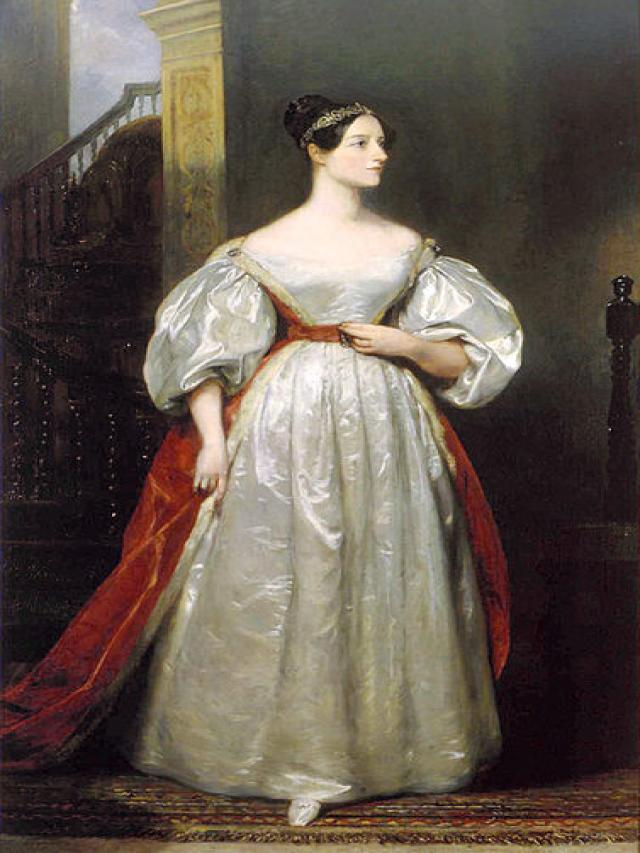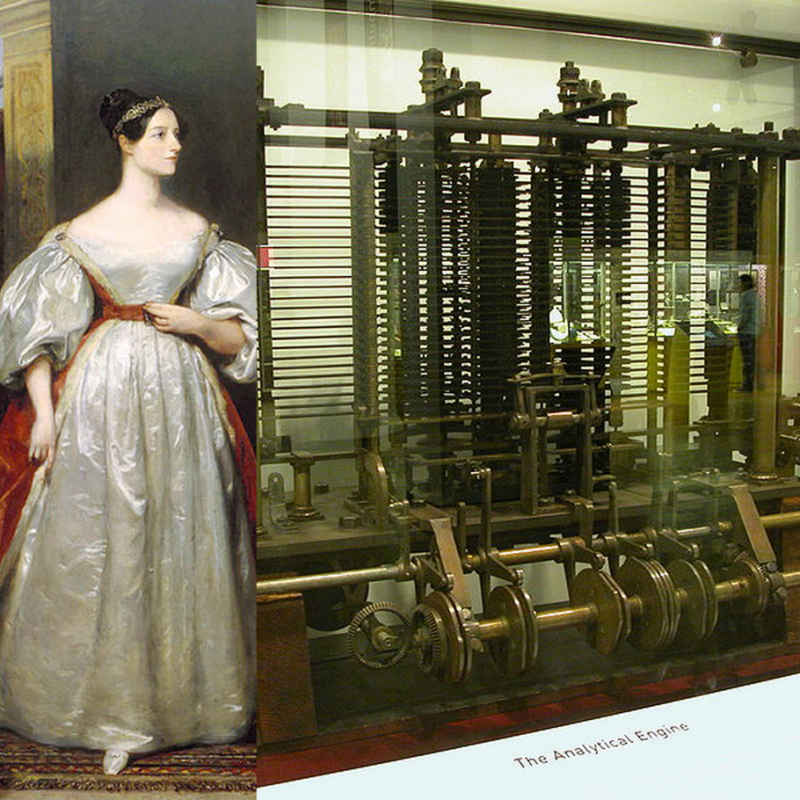The “father of the computer” was her mentor
At the age of 17, Lovelace had the opportunity to observe scientist and inventor Charles Babbage show a model component of his difference engine, a huge mathematical calculator that has earned Babbage the title "father of the computer." She translated a military engineer and future Italian prime minister Luigi Menabrea's article about Babbage's hypothetical analytical engine into English after becoming Babbage's protege.
Three times as long as the original work, Lovelace's additions to the translation of the analytical engine were published in an English publication in 1843 under the sole author's initials, "A.A.L." Lovelace described how the machine could be programmed with a code to calculate Bernoulli numbers in Note G of her complex work. Bernoulli numbers are sometimes regarded as the first algorithm to be carried out by a machine and, hence, the first computer program.
Ada realized that any device with the ability to operate on numbers could also operate on symbols. Ada understood that the Analytical Engine was capable of calculating outcomes that had not "been figured out by human head and hands first." With those abilities, a machine could produce music of "any complexity or size." Babbage was astounded by Ada's creations. She was described by him as "the Enchantress who has flung her magical spell around the most abstract of Sciences and has gripped it with a force which few masculine intellects could have exercised over it" since he was so fond of her writings. The fundamental components of this device still make up today's computers.











